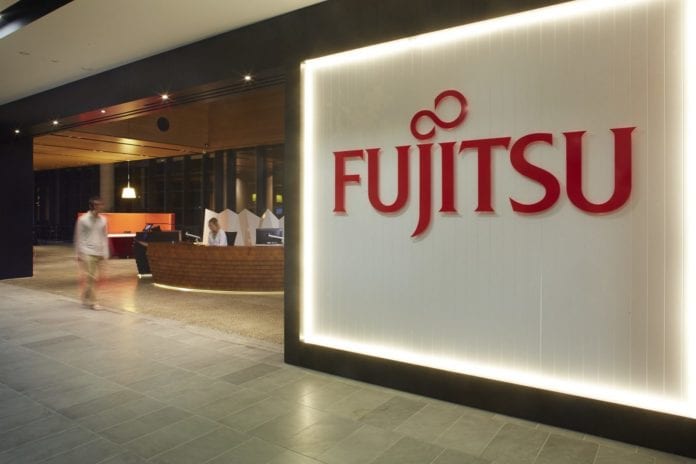Fujitsu’s 5G massive MIMO RUs come to TIP Exchange later this year
Fujitsu Network Communications announced Monday plans to support the Evenstar Open RAN program. Fujitsu will contribute 5G massive MIMO (Multiple Input, Multiple Output) Radio Units (RUs). Fujitsu said the RUs will be tested, validated and listed on the TIP Exchange Marketplace in the second half of 2022.
Massive MIMO increases spectral efficiency and is seen as key to more network capacity and wider coverage. Fujitsu said that improving efficiency at the network edge will benefit the environment as well.
“The low power consumption and efficient use of spectrum will also contribute to carbon neutrality,” said the company.
“Fujitsu will provide 3.5GHz RUs that support O-RAN standardized interfaces. With 64T64R antennas, the massive Multi-User MIMO radios will deliver higher spectral efficiency, better coverage and lower interference at the cell edge than traditional radios,” said Fujitsu.
A little more than four years ago, Meta (then Facebook) became a founding member of the Telecom Infra Project (TIP), which has since morphed into an encompassing, thriving community of operators and vendors working to develop standardized, interoperability mechanisms for virtually all parts of telecom networks.
Evenstar is the Telecom Infra Project (TIP) and Meta’s initiative to accelerate Radio Access Networks (RAN) disaggregation using Open RAN technology. Its goal is to make “general-purpose RAN reference designs for 4G/5G networks in the Open RAN ecosystem that are aligned with 3GPP and O-RAN Alliance specifications,” according to Attillo Zani, TIP Executive Director.
Fujitsu emphasized the role of its own Artificial Intelligence (AI) in its mMIMO radios to help carriers with 5G beam management. 5G New Radio (NR) adds massive multiple-input multiple-output (mMIMO) support and utilizes beam management techniques to maximize throughput and device density to meet capacity needs for 5G mmWave User Equipment (UE).
“…the radio hardware will feature advanced beam steering capabilities including Dynamic Weight Based Beam Steering, UE (User Equipment) Channel Information Based Beam Steering and Attributed Based Dynamic Beam Steering to intelligently provide capacity when and where needed,” it said.
The goal of beamforming and companion technology beam steering is to transmit directly to a user and, in some cases, extend the range of RF transmissions. Beamforming techniques essentially shape radio waves through adjustments to phase and amplitude to make them more powerful and targeted. So instead of blasting coverage out throughout a cell, beamforming can direct coverage where it’s needed.
Evenstar’s mMIMO progress
Fujitsu’s news comes only a couple of months after Meta Connectivity and CommScope announced development of a mMIMO reference design based on O-RAN Alliance interoperability specifications.
The design focuses on high-level architectural requirements, open standardized antenna and radio interfaces and best practice calibration designs. CommScope will handle the creation and Over-the-Air (OTA) testing for open interface reference designs for Massive MIMO antennas and filter panels, while Meta will work with control unit (CU) and distribution unit (DU) software vendors who will manage interoperability testing.
CommScope said in a statement that the mMIMO reference design will “provide operators with the option to further disaggregate the filter/antenna elements from the radio unit, supporting flexibility and delivering implementation options to the market.”


